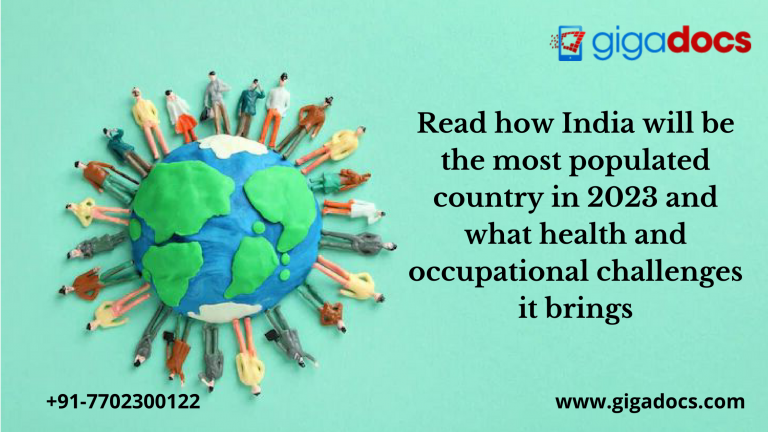The world’s population reached 7 billion in 2011, which will increase to eight million by this November. However, population growth is not as rapid as it once was. However, global population growth is uneven.
More than eight countries will be home to the maximum population growth: India, Nigeria, Pakistan, Philippines, Tanzania, the Democratic Republic of the Congo, Egypt, and Ethiopia.
While we see population growth in some countries, it is interesting to note that many of the world’s developed economies have seen fertility rates fall below the replacement rate of 2.1 children per woman. According to the report, the population will decline by at least 1% in 61 countries by 2050, driven by rising migration levels, an increase in life expectancy, changes in fertility rates, and accelerated migration levels.
World Population Day
July 11 is observed annually to get people and policymakers attentive to the urgency of population rise risk and give attention to measures that control this rise. Consider this while the fertility rates and life expectancy have changed dramatically in recent years contributing significantly to population increase. Women had 4.5 children on average in the early 1970s; by 2015, global fertility had dropped to less than 2.5 children per woman.
Diseases caused by lifestyle factors
Diabetes and Obesity
Unhealthy lifestyle choices, such as an improper diet, sedentary daily routines, and unhealthy habits such as smoking and alcohol consumption, can lead to chronic noncommunicable diseases such as diabetes, obesity, and hypertension. These diseases are not only common in India, but they are also dangerous if untreated.
One in every six diabetics in the world is from India, with the urban population having a higher risk of developing it. Obesity is also on the rise in India, with its prevalence in adults expected to triple by 2040. This is a very concerning finding because obesity can act as a catalyst for major health problems, particularly those related to heart health.
Cardiovascular illness
Cardiovascular disease is a serious health issue that necessitates immediate medical attention. Cardiovascular diseases, which cause strokes or heart attacks, account for over 2.5 million deaths in India, or 26 percent of all deaths, and are typically caused by unhealthy lifestyle choices.
Mouth cancer
India accounts for 86 percent of all cases detected worldwide each year. It is India’s third most common cancer and chewing or smoking tobacco is a major risk factor. To give yourself the best chance of recovery, you should get diagnosed or tested as soon as you notice the early signs.
Male-pattern hair loss
According to studies, hair loss is much more common and has less to do with genetics and more with a person’s lifestyle. Indian men begin to bald in their early twenties, whereas their fathers did not experience this problem until they were in their forties. Stress, pollution, poor nutrition, and toxins are among the leading causes of this problem.
Dengue and malaria
Numerous infectious diseases afflict the Indian population and leaving them untreated exacerbates the situation. Dengue fever, in particular, is most common during the monsoon season and can be fatal if not treated properly. In such cases, an early diagnosis is imperative to give you the best chance at a speedy recovery. Take advantage of these discounted rates for tests at the pathology and diagnostic centers by booking a test on the Gigadocs app.
Increasing Population and Health Problems
Increasing Population comes with its banes, the most prominent being Medicare and job opportunities.
Gigadocs provides self-employment opportunities without the need for any initial capital. Where any self-driven individual can become a Gigadocs representative to help promote the services. Please reach out to us @info@gigadocs.com to know more about this opportunity.
To know more about how Gigadocs can help you to lead a healthy life, download the Gigadocs App from-
- IOS App – apple.co/2W2iG4V
- Android App – bit.ly/33AQoR




